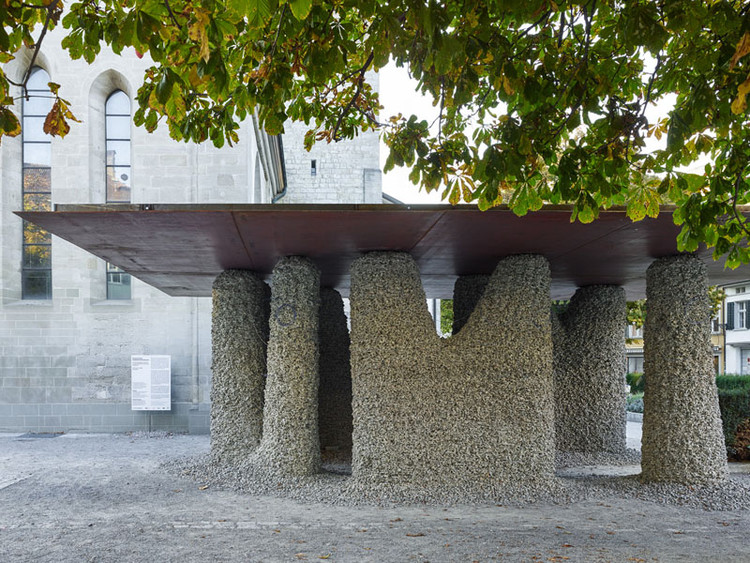
We’re in an age of unprecedented technological innovation. The architecture and construction industries are increasingly becoming more and more automated, as firms seek to take full advantage of new machinery and new ways of working to make the design process more efficient. With this increase in automation, however, comes lots of questions too. Will robots ever replace architects? Will the near future see a fully automated construction industry? A pertinent question, too, is the complicated case of automation and the individuality of design – does automation take away from the individuality of design?
The debate on individual expression in architectural design has been an important talking point over recent years. A few years ago, Polish-American architect Daniel Libeskind expressed his opinion on this - saying that "individuality is a dirty word in architecture." It's a sentiment echoed a long way back, in the 19th century by writer and critic John Ruskin, who wrote in his essay, "The Nature of Gothic," how a societal fixation on accuracy and consistency negatively impacted opportunities for creative expression.
Does automation in today's architectural landscape hinder this creative expression? Does it hinder the future creation of architectural landmarks such as Kenzō Tange's Fuji TV Building or Gaudi's La Sagrada Familia? Maybe not - as automation can be used as a tool to aid in crafting distinct, creative, architectural interventions.
The work of Gramazio Kohler Research is a testament to this, as displayed by their augmented bricklaying project. Computational design is deployed in tandem with the skills of human craftsmen - showing how digital fabrication can be successfully used to create a unique design that is still distinct. The parametric façade - semi-transparent - would have been difficult to achieve using traditional construction techniques, but the automation in the design process provided new opportunities to create a unique design.


Gramazio Kohler Research's Rock Print Pavilion is also another example of how automation can create a distinct design. Built by a mobile robot, the house is made out of aggregates and twine - automation does not in any way curb the individuality of its design, and instead enhances it. Its design is a good example of how unique craftsmanship can be achieved even with the use of automated technology.


The work of Gramazio Kohler Research shows that automation does not necessarily impede the individuality of design. It is instead an asset that can be used in tandem with human craftsmanship. In fact, it can be an overall benefit - as designs and concepts previously limited by human ability can be realised by the aid of automation.
This article is part of the ArchDaily Topic: Automation in Architecture. Every month we explore a topic in-depth through articles, interviews, news, and projects. Learn more about our monthly topics. As always, at ArchDaily we welcome the contributions of our readers; if you want to submit an article or project, contact us.










